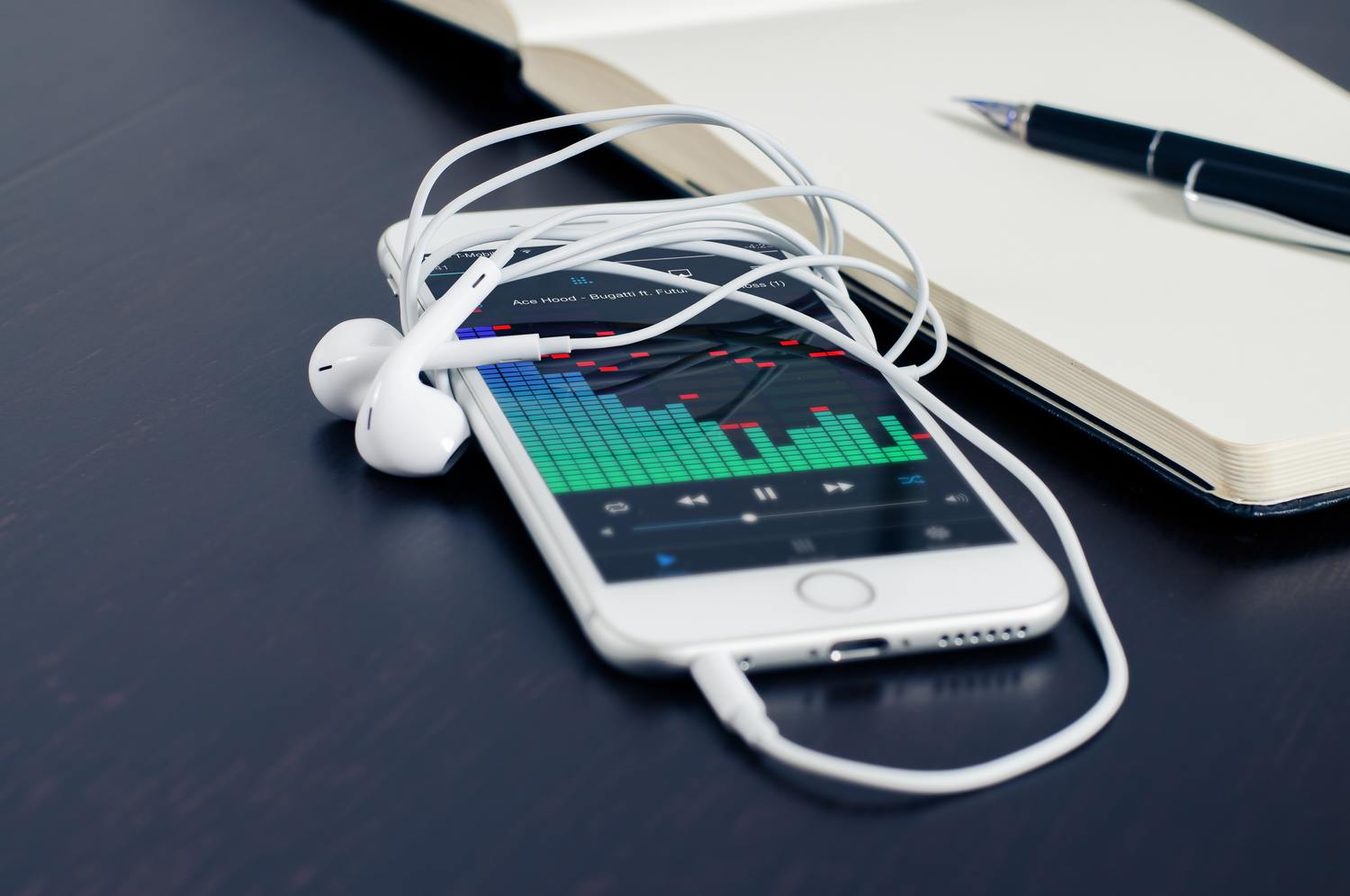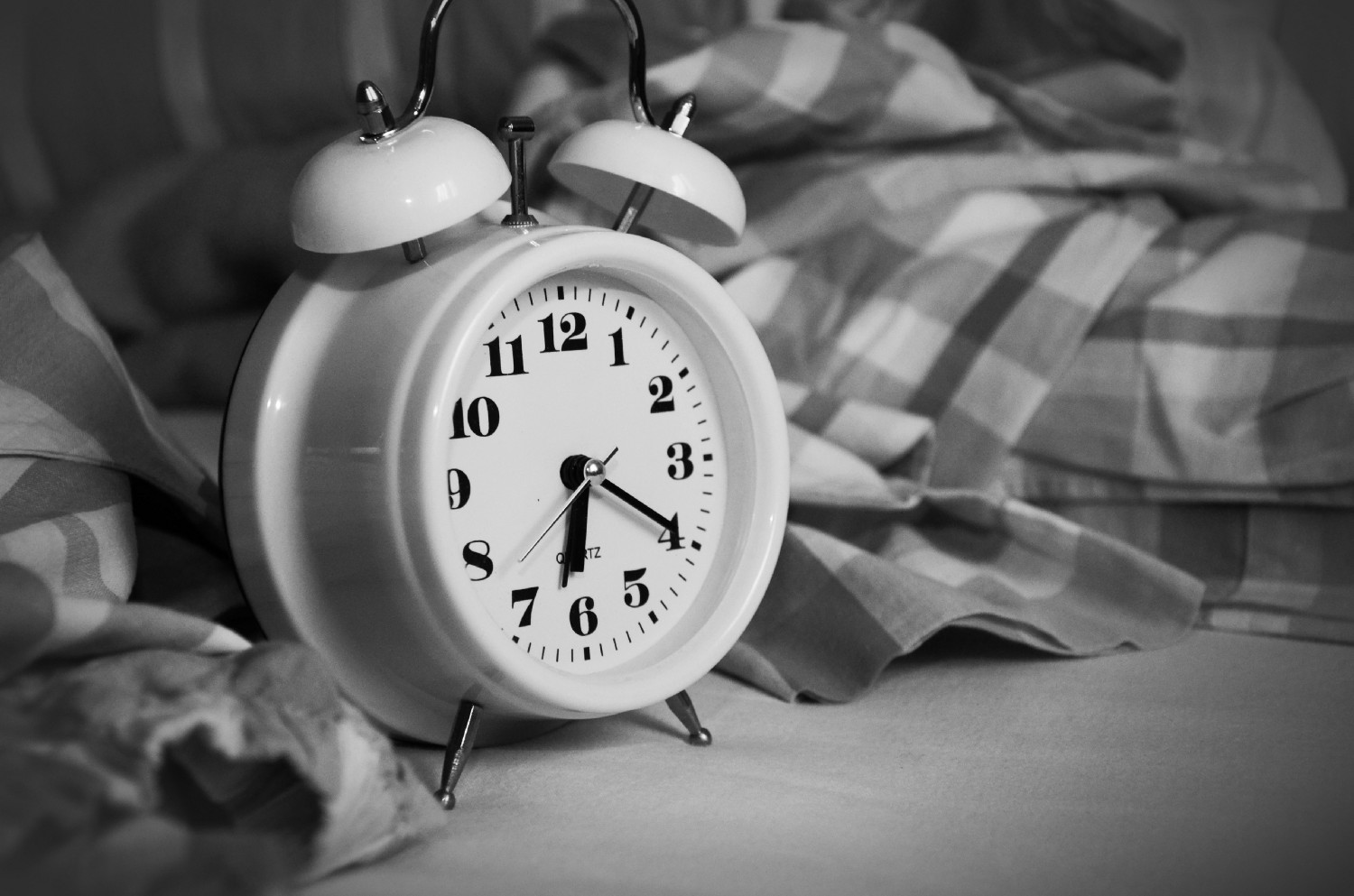If you’ve ever felt like you’re continually being run over by a truck everyday for 3 months straight, you’re anxious, depressed, and overwhelmed by life, you can’t get to sleep to save your life, but you can’t stay awake during the day either…. you may be dealing with adrenal fatigue.
The term “adrenal fatigue” is a bit of a misnomer. The adrenals aren’t actually fatigued, they just aren’t getting the signals from the brain to produce normal amounts of cortisol. This in turn makes you tired, anxious, depressed, and overwhelmed. Because the term “adrenal fatigue” is outdated and not totally accepted by the conventional medical community, I’ll use this platform to call it what it really is: HPA axis dysregulation.
HPA axis dysregulation happens when there’s a chronic stress response happening in the body. This stress could be caused by emotional, dietary, inflammatory, or environmental factors. Over time, this heightened stress response can lead to lowered levels of DHEA and higher or lower levels of free cortisol production, which can lead to fatigue, insomnia, anxiety, depression, brain fog, dizziness, exercise intolerance, low libido, inability to handle stress, and even lowered immunity in the gut.
The following are my top six sleep guidelines that are specific for resetting the circadian rhythm, re-regulating the HPA axis and ultimately reversing adrenal fatigue.
1. Get to sleep no later than midnight.
The adrenals produce the least amount of cortisol from 12–4am and then produce a “surge” of cortisol around 6–8 am (attempting to wake you up). To get the most out of this natural rhythm and let the adrenals rest and repair and then produce the right amount of cortisol to wake you up, it’s best to fall asleep early and wake up early.
10pm is ideal but that’s hard for a lot of people to do! I have seen a bedtime at midnight or before be sufficient for full adrenal fatigue recovery.
You know your body best: If it takes you an hour to rest in bed before you’re able to sleep, then get in bed no later than 11pm.

2. Go outside in the daylight right when you wake up
Letting sunlight in through your eyes and skin helps to reset the natural circadian rhythm. It also helps regulate the production of melatonin (the sleep hormone). When your body knows what time it’s supposed to be awake (in the daylight), it naturally learns the appropriate times to go to sleep.
There aren’t any strong studies I know of showing the “ideal” length of time to be outside for this, but I have found clinically that 15–20 minutes within an hour of waking up is sufficient to reset the circadian rhythm. Regular sunlight through the skin and eyes throughout the day has other benefits too.
3. Keep your bedroom dark and cool.
Use room darkening curtains if necessary to keep house/garage/street lights out of your bedroom window. Darkness helps your body produce melatonin, the necessary “sleep” hormone.
64–72 degrees F is generally considered “ideal” for sleeping. The drop in body temperature is one of the things that makes us tired. To highlight this “drop” in body temperature, take a warm bath before bed. The temperature change once you get out naturally makes you more ready for sleep.
Room darkening and “blackout” curtains can both be found on Amazon.com, at Target, or at Bed, Bath and Beyond.
4. Keep the light out of your eyes!
Artificial light from the TV, electronic devices, and lightbulbs can mess with our natural circadian rhythm if they are on too late at night.
Turn off the TV, electronic devices, and artificial light two hours before bed. It’s even useful to use black electrical tape to cover up the small blue or red lights on your TV/DVD player/Computer/speakers etc. If turning off all electronics before bed is impossible to do, use “blue light blocking” glasses to block out harmful blue light at least two hours before bed. Blue light suppresses melatonin production and stimulates cortisol production, two things you do not want if you’re trying to get sleepy. Blue light blocking glasses have shown to help improve quality of sleep. Swanwick brand (found on Amazon) is a very trusted brand for these.

5. Stop drinking caffeine after 2pm.
Caffeine raises cortisol levels: Something we DON’T want to do as the day winds down.
Caffeine has a half-life of 8 hours, which means half of it is out of your system in 8 hours. This means even though half of it will still be in your system at 10pm, if you’re having only one cup (or less) of coffee per day, it won’t be enough to affect your sleep greatly. That being said, you know your body best. If you’re sensitive to caffeine and notice it affects your sleep, stick with herbal tea instead.
6. Stop exercising 4 hours before bedtime.
Like caffeine, exercise raises cortisol levels. Cortisol keeps us awake. This is beneficial during the day of course but we don’t want anything keeping us awake at night.
Getting any exercise is still better for sleep than no exercise at all, so keep this in mind if you have limited time to exercise.
That’s it for my favorite sleep guidelines for HPA axis dysregulation a.k.a. adrenal fatigue! Regulating sleep is only one piece of the puzzle in this often complicated disorder, so make sure you talk with your own doctor or provider for unique ways you can reset your own HPA axis and crawl out of the doldrums of adrenal fatigue.
References:
Campos-Rodriguez et al 2013. Stress modulates intestinal secretory immunoglobulin A. https://www.ncbi.nlm.nih.gov/pmc/articles/PMC3845795/
Vargas and Lopez-Duran 2017 The cortisol awakening response after sleep deprivation: Is the cortisol awakening response a “response” to awakening or a circadian process? https://www.ncbi.nlm.nih.gov/pubmed/29076400
Te Kulve et al 2017. The impact of morning light intensity and environmental temperature on body temperatures and alertness. https://www.ncbi.nlm.nih.gov/pubmed/28366816
Murphy and Campbell 1997. Nighttime drop in body temperature: a physiological trigger for sleep onset? https://www.ncbi.nlm.nih.gov/pubmed/9322266
Van der Maren et al. 2018 Daily Profiles of Light Exposure and Evening Use of Light-emitting Devices in Young Adults Complaining of a Delayed Sleep Schedule. https://www.ncbi.nlm.nih.gov/pubmed/29463186
Shechter et al. 2017. Blocking nocturnal blue light for insomnia: A randomized controlled trial. https://www.ncbi.nlm.nih.gov/pubmed/29101797
National Sleep Foundation 2013. 2013 Sleep in America Poll. https://sleepfoundation.org/sites/default/files/RPT336%20Summary%20of%20Findings%2002%2020%202013.pdf
Originally published at medium.com


